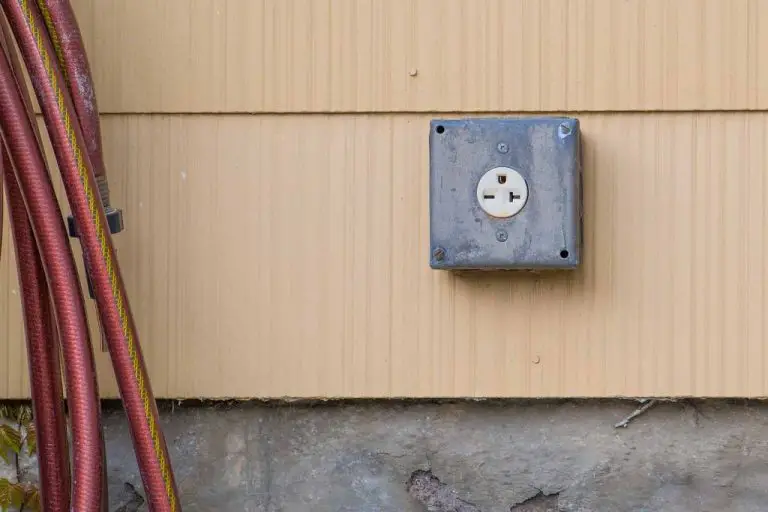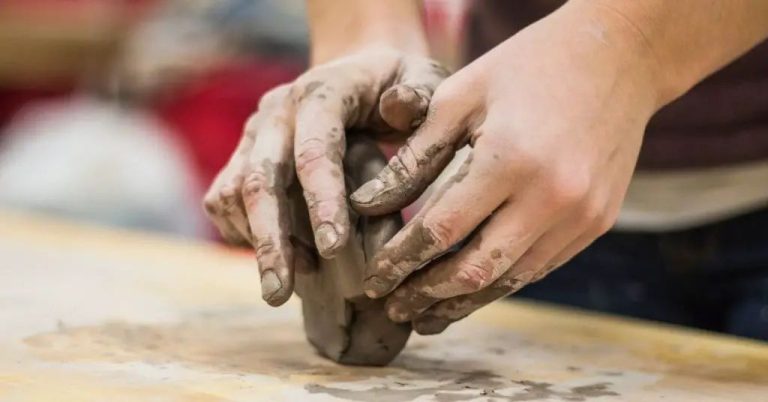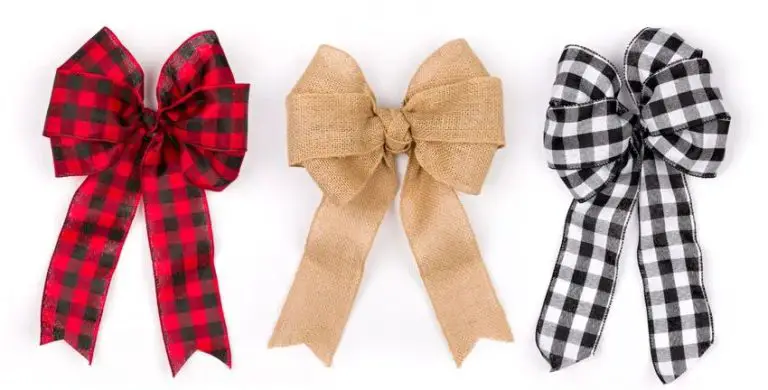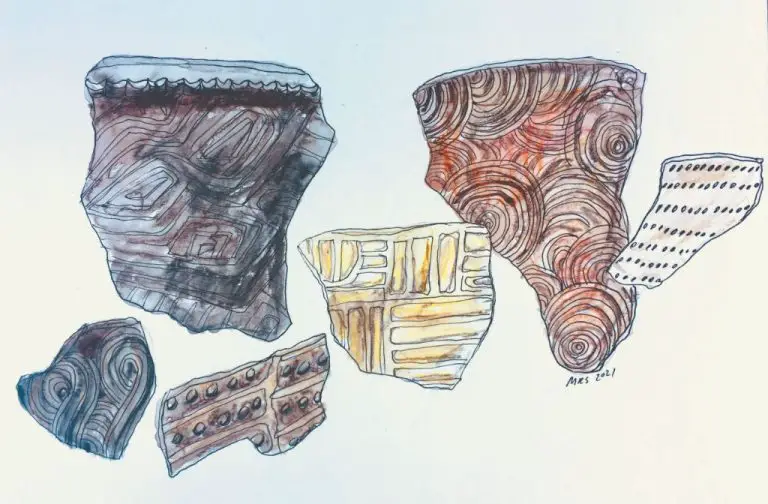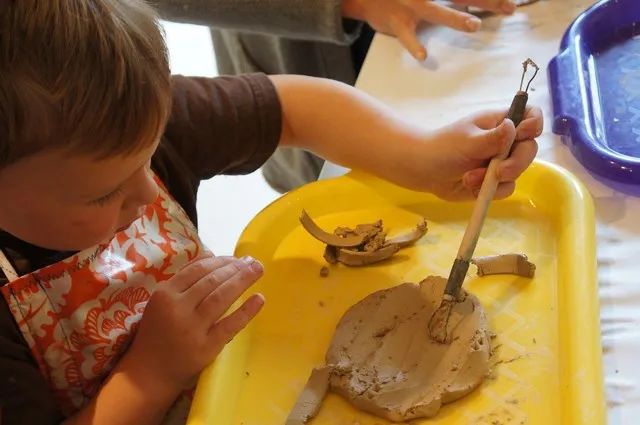Clay Art Activities For Kids: Hands-On Fun For All Ages
Crafting with clay offers many benefits for a child’s development and creativity. Playing with clay engages multiple senses – touch, sight, and smell – while developing motor skills and coordination. The sensory-rich experience helps build neural connections in the brain linked to creativity and problem-solving. Molding clay improves dexterity, strength, and fine motor control. The open-ended nature of sculpting allows free expression and imagination. Clay art builds focus, patience, planning skills, and self-esteem as children bring their visions to life. The forgiving texture enables mistakes to be smoothed over and creations to evolve organically. Experiences with clay foster curiosity, sensory exploration, and a sense of pride and accomplishment.
This article will provide an overview of engaging clay activities suitable for kids of all ages. From sculpting to printing, painting to pottery, we will cover techniques to unlock your child’s creativity. With some simple safety precautions, clay is an incredibly versatile art material that encourages artistic experimentation and developmental growth.
Clay Basics
There are several types of clay that are great for kids’ art projects. Some popular options include:
Polymer clay – This type of clay is very smooth and easy to shape. Popular brands like Fimo and Sculpey don’t require baking and will air-dry. Polymer clays come in lots of bright colors.
Air-dry clay – As the name suggests, this clay will dry and harden at room temperature, without needing to be baked. Air-dry clay is an affordable option that’s readily available at most craft stores.
Homemade clay – Basic homemade clay recipes combine ingredients like flour, salt, water, and oil. Homemade clay is fun for kids to make themselves before sculpting.
Clay Sculpting
Sculpting with clay allows kids to create 3D works of art using their hands and basic tools. There are many techniques they can explore to shape clay into creative sculptures.
Pinching is one of the most basic sculpting methods. Kids can pinch and pull the clay to form shapes like animals, bowls, or figures. Pinch pots are a classic beginner project where you pinch the clay to form the pot shape. For more intricate sculptures, twist or roll coils and attach them together. Score the clay first before attaching separate pieces.
Kids can also experiment with cutting and carving techniques using clay tools. Stamping with objects can imprint fun patterns and textures. Smooth the clay with a roller tool or fingertips. Add details with toothpicks, skewers, or straws. Let kids get creative shaping the clay into their own unique sculptures.
Some basic tools for clay sculpting include:
– Clay sculpting tool kit with loop tools, ribbon tools, etc.
– Popsicle sticks
– Toothpicks
– Rolling pin
– Cookie cutters or clay cutters
– Straws or skewers
– Paintbrushes
Encourage kids to start simple, then work up to more detailed projects as they learn sculpting techniques. The sculpting process allows imagination and creativity to take shape.
Source: https://artfulparent.com/15-amazing-crayola-air-dry-clay-art-projects-for-kids/
Clay Modeling
Clay modeling is a fun and creative way for kids to make 3D sculptures and figures using their hands. Modeling clay is an excellent sensory material that allows endless possibilities for open-ended art projects. There are many types of modeling clay that are safe and non-toxic for kids, such as Crayola Model Magic, Sculpey, and air-dry clays.
Some basic clay modeling techniques for kids include:
- Rolling the clay into balls, coils, or sheets using their hands
- Smoothing and blending clay pieces together
- Pressing designs and textures into the clay using hands, clay tools, or household items
- Cutting shapes using clay cutting tools or improvised items like popsicle sticks or plastic knives
Fun clay modeling tools to use include clay sculpting tools, acrylic rollers, shape cutters, and silicone molds. Molds can be used to create detailed designs by pressing clay into them. Some easy ideas are making clay beads by rolling balls of clay in bead molds. Clay modeling is an engaging hands-on process that stimulates creativity and imagination in kids.
Source: https://kidsrelaxation.com/modeling-clay-ideas-for-kids/
Clay Pottery
One of the most popular clay activities for kids is making pottery pieces like pots, bowls, and vases. Working with clay allows kids to shape functional objects with their hands. It’s an engaging sensory experience as they feel the clay take shape.
A simple way to start is by rolling balls or coils of clay and building up sides to form basic pots or bowls. Show kids how to smooth seams together and refine the shapes by pressing gently against sides. Let them decorate with stamps, textures, or cut outs. Then set aside to dry before painting.
For more advanced pottery, guide kids through using a pottery wheel. Center a lump of clay on the wheel and have them shape it into a cylinder as it spins. Then demonstrate indenting thumbs into the top center to shape a vase or bowl. Kids will need patience as it takes practice to center the clay and prevent wobbling. Spinning a pottery wheel is exciting and makes an impressive project.
Consider teaching coil building where coils of clay are stacked and smoothed together into pottery shapes. Or try slab building using flat pieces of clay formed into boxes and containers. Add handles or feet to pots for fun details. With practice, kids can craft beautiful vases, cups, and bowls to display.
Let dried pottery pieces paint or glaze before firing. Work on a tile or bisque ware if you don’t have a kiln. The possibilities are endless when making pottery from clay.
[Insert image of kid making pottery on wheel]
Source: https://www.pinterest.com/mudworks/kids-pottery-project-ideas/
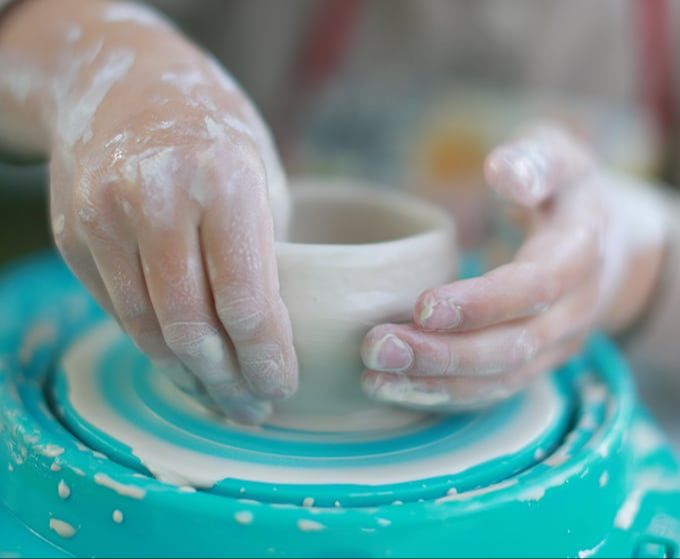
Clay Jewelry
Kids love making their own jewelry out of clay. It’s a fun, creative way for them to make unique accessories. Clay jewelry can be made by shaping clay into beads, pendants, charms, and more.
Kids can make clay beads by rolling small balls of clay and then poking a hole through the center before baking. Simple bead shapes like rounds and cubes are easy, but kids can get creative with sculpting detailed beads too. Clay alphabet letter beads, food charms, and animal shapes are fun options.
Pendants and charms can be hand shaped using clay sculpting techniques. Kids can press clay into molds as well to create detailed pendants. Things like flowers, hearts, stars, and more can be made as pendants. After baking clay charms, looping some jewelry wire or string through the hole allows them to be turned into necklaces, bracelets, and more.
Clay is a versatile jewelry making material for kids. With some simple techniques, they can create all kinds of fun, customized jewelry pieces from scratch.
Clay Printing
Clay printing is a fun and creative way for kids to make stamped designs and patterns in clay. It’s an easy clay technique that uses found objects around the home to imprint shapes and textures into soft clay. Kids will love selecting items like feathers, beads, leaves, bricks, bubble wrap, and more to press into the clay surface (Source).
To make clay prints, roll out air dry clay to about 1/4 inch thickness on a flat surface. Choose a printing item and firmly press it into the clay, lifting straight up when done to reveal the imprint. Continue stamping with various objects to create patterns and designs. Let prints dry fully before painting if desired. Encourage kids to experiment with different objects and arrangements to see what kinds of prints they can make.
Some simple clay printing ideas include leaf prints, Lego brick prints, feather prints, and bubble wrap prints. Let kids’ creativity run wild as they make repetitive patterns or combine different shapes and textures. Frame finished clay prints or turn them into jewelry pendants when dry.
Air-Dry Clay Crafts
Air-dry clay is a fun, no-bake modeling compound that kids of all ages can use for creative projects. Unlike oven-baked clay, air-dry clay doesn’t require any special tools or equipment – just your hands! Here are some unique craft ideas to try with air-dry clay:
Make leaf imprints by pressing leaves gently into flattened balls of clay and allowing to dry before removing the leaves. This creates beautiful imprints for decoration (Source: 10 easy kids’ air dry clay projects).
Craft pinch pot planters by forming small pots out of rolled coils of clay. Let the pot and saucer dry fully before adding soil and seeds. Decorate simply by adding beads or paint (Source: 15 Amazing Clay Projects for Kids).
Make colorful beads by rolling small balls of clay and piercing them with a straw before threading them onto string. Let dry before wearing as necklaces or bracelets. Mix colors for patterned beads (Source: Air Dry Clay Projects for Kids – Red Ted Art).
Air-dry clay is an engaging option for open-ended sculpting. Provide balls of clay and let kids’ imaginations run wild to create animals, characters, vehicles, food items, and more. The possibilities are endless!
Clay Painting
Painting on clay is a fun way for kids to add color and designs to their clay creations. There are a few techniques for painting clay:
Acrylic paint – Acrylic paint is the most common type of paint used on clay. Make sure to use acrylics labeled for ceramics or clay. Acrylics stick well to bisque fired or air-dry clay. Thin layers of acrylic work best so the clay can fully dry.1
Glazes – Special glazes can be painted onto clay before firing to create glossy finishes and vibrant colors. Glazes bond to the clay during the firing process. Multiple layers of glaze can be used to create depth.2
Nail polish – Using nail polish to paint clay produces a high-gloss finish once baked. It works best on smooth clay like air-dry modeling clay. Let layers dry completely before adding more polish.
Chalk – Sidewalk chalk can add matte color to clay. Soft pastels also work. Fixatives can be sprayed to set the chalk and prevent smudging.
Keep paint layers thin, let dry fully between coats, and bake clay paintings according to package directions for the best results.
Clay Safety
When working with clay, there are some important safety precautions to follow, especially when supervising children. Here are some tips:
Always supervise clay play. Do not leave children unattended when working with clay as it can get messy and accidentally ingested. Actively monitor kids and provide guidance.
Make sure kids wash hands thoroughly before and after working with clay. Clay contains silica dust that can irritate eyes and skin. Proper handwashing prevents exposure.
Clean up properly. Sweep up any dried clay pieces or dust and wipe down tables. Use wet cloths for dust rather than dry cloths or brooms which can stir up silica particles.
Avoid contamination. Do not let kids eat or drink while working with clay to prevent accidental ingestion. Clay tools and surfaces should not be used for food preparation.
Store clay properly. Keep moist clay in sealed containers and bags. Let air-dry clay fully harden before storing to prevent mold growth.
Use dust masks. If working extensively with clay, wearing a dust mask can help filter out silica dust particles.
Overall, with active supervision and proper cleanup, clay crafts can be an engaging, creative and safe activity for kids of all ages to enjoy.

